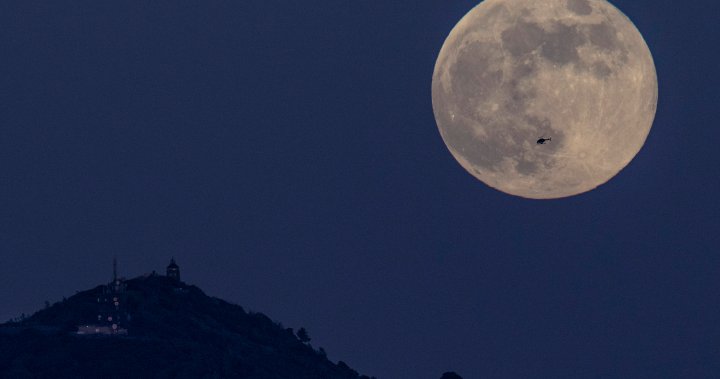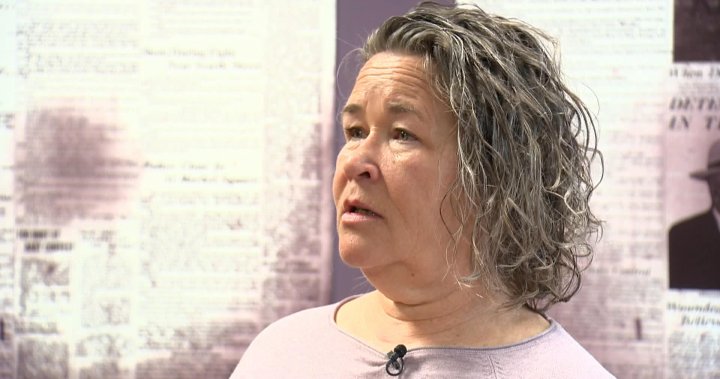Most of British Columbia will experience a green holiday season this year — a rare occurrence for many Interior communities.
Also rare this year: a full moon during Christmas.
Known as the Cold Moon and the Long Night Moon, December’s lunar rarity will rise near sunset on Dec. 25, 26 and 27, with peak illumination occurring on Boxing Day.
“To our eyes, the moon’s disk will appear fully illuminated a couple of days before a full moon,” says the Farmer’s Almanac, “so start looking on December 24 and 25 towards the east after sunset as it peaks over the horizon.”
A handy moonrise and moonset calculator is available online.
Get the latest National news.
Sent to your email, every day.
According to NASA, the phenomenon is called the Cold Moon or Full Cold Moon “because December is the month when it really starts to get cold, although our coldest average temperatures are in January.”
It’s also known as the Long Night Moon because it can occur near the solstice — the longest night of the year.
“The full moon takes a high trajectory across the sky because it is opposite to the low sun,” said NASA, “so the moon will be above the horizon longer than at other times of the year.”
Notably, it’s not only the year’s final full moon, it’s also the 13th full moon for 2023.
The moon takes roughly 29 days to orbit Earth, which, in some years, leaves enough room for an extra full moon, also known as a Blue Moon. Blue moons occur once every 2.7 years or so. This year, two full moons occurred in August.
Those wanting to catch the rare show are encouraged not to miss it 0151 it will be a decade before another full moon appears on Christmas Day, in 2034.
The last time there was a Christmas Day full moon was in 2015, though a full moon appeared on Boxing Day in 2004, and there was a full moon on Christmas Eve in 2007.
Notably, a full moon will be close in 2026 (Dec. 24), while 2028 will feature two full moons (Dec. 2 and 31).
Normally, full moons on Christmas happen every 19 years, but with leap years and other factors, that can change.
A full moon in January is known as a Wolf Moon.
If you’re curious about full moons, visit this website, which tracks full moons from 1900 to 2050.
© 2023 Global News, a division of Corus Entertainment Inc.




